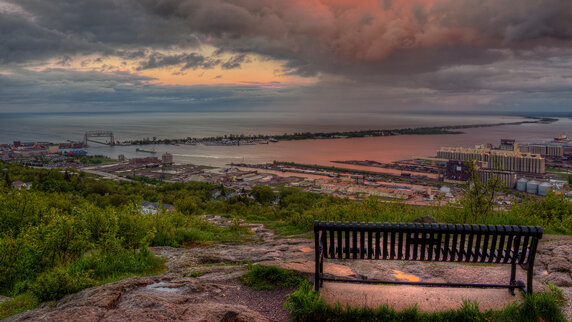Ensia:
Jacob Boomsma, iStockphoto.com
“In August 2019, a group of citizens met in Duluth to learn about an unconventional strategy that could protect this place and potentially change its story going forward. Rights of Nature is a growing international movement that recognizes species and ecosystems not simply as resources for humans to use, but as living entities with rights of their own. Twenty people from different backgrounds attended the gathering: activists and organizers, grandmothers, a Catholic priest and an Indigenous elder, each with their own concerns about the ecosystem. Now community members are working on a ballot initiative for 2020 to recognize rights of the estuary. This way of seeing the natural world is fundamental to many Indigenous worldviews. If Rights of Nature finds a place in Western law, it could transform our ability to protect nature.”





